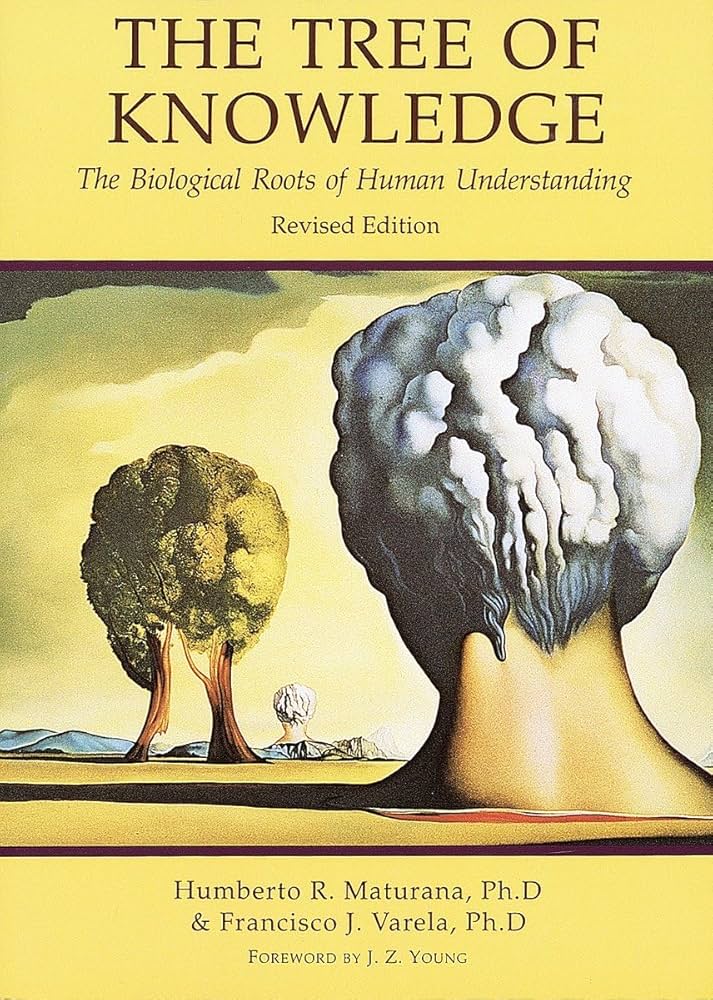
The Web of Life: A New Scientific Understanding of Living Systems
Book Description
Dive into a mesmerizing exploration that unravels the intricate tapestry of existence. Fritjof Capra unveils a revolutionary perspective on living systems, where every organism, cell, and ecosystem pulses with interconnectedness and purpose. With vibrant insights and groundbreaking theories, this book redefines the very essence of life, illuminating the delicate balance that sustains our planet. From the microcosmic dance of bacteria to the vast symphony of forests, every detail matters. Will this fresh understanding spark a transformative movement in how humanity interacts with nature? Prepare to see the world through a lens of unity and complexity that could change everything.
Quick Book Summary
"The Web of Life" by Fritjof Capra presents a paradigm-shifting view of biology and the natural world. Capra synthesizes insights from systems theory, cybernetics, physics, and ecology to show that living systems—from cells to societies—are fundamentally interconnected networks rather than collections of isolated parts. He explains that understanding this complex web requires viewing life not as static entities but as dynamic processes, where patterns of organization and relationships are fundamental. The book explores how self-organization, feedback loops, and emergent properties give rise to the richness of life. By highlighting the intricate balances in natural systems, Capra challenges reductionist thinking and invites readers to adopt a holistic and ecological perspective, with profound implications for science, society, and our stewardship of the planet.
Summary of Key Ideas
Table of Contents
Living Systems as Networks
Capra reimagines the study of life by shifting away from reductionist approaches, which dissect nature into individual parts, toward a holistic systems perspective that emphasizes networks and relationships. He argues that the traditional scientific method, while powerful, often overlooks the dynamic, interconnected patterns that define living systems. From this viewpoint, organisms and ecosystems are seen not as static objects but as processes rooted in relationships, constantly evolving through interactions within a larger web.
Interconnectedness and Holism
A central theme is the concept of living systems as networks. Capra draws on recent advances in biology and systems theory to reveal how cells, organisms, and ecosystems operate as complex webs made up of intricate connections. Each node in the network—be it a cell, a species, or an ecological community—exists through its ongoing relationships. These networks are adaptive and resilient, giving rise to the stability and diversity of life by distributing information, energy, and resources.
Self-Organization and Emergence
The book explores the nature of self-organization and emergent properties within living systems. Capra demonstrates how, through simple rules and local interactions, complex behaviors and patterns emerge spontaneously. This quality is evident from the self-organizing molecules of prebiotic Earth to the cooperative behavior in animal communities. Such emergence means that wholes can be more than the sum of their parts, challenging linear cause-and-effect thinking and revealing hidden order in the seeming chaos of nature.
Feedback Loops and Systemic Patterns
Feedback loops are another crucial idea, serving as the regulatory mechanisms that govern balance within ecosystems and organisms. Capra illustrates positive and negative feedback cycles, showing how these loops maintain stability or drive change and evolution. The water cycle, predator-prey dynamics, and human societal systems are all examples of feedback influencing the web of life. Understanding these loops underscores the importance of cyclical patterns and nonlinear thinking in grasping biological and environmental processes.
Implications for Sustainability and Human Perspective
The final section discusses the profound implications of this systems perspective for human thought and action. Capra advocates for an ecological worldview that values interconnectedness and sustainability, urging a shift in how humanity relates to the natural world. By recognizing our participation in the web of life, he calls for ethical responsibility and innovative strategies in fields ranging from environmental policy to organizational management. Ultimately, Capra invites readers to see themselves as threads in an intricate tapestry, accountable for nurturing the fragile balances that sustain all living things.
Download This Summary
Get a free PDF of this summary instantly — no email required.





